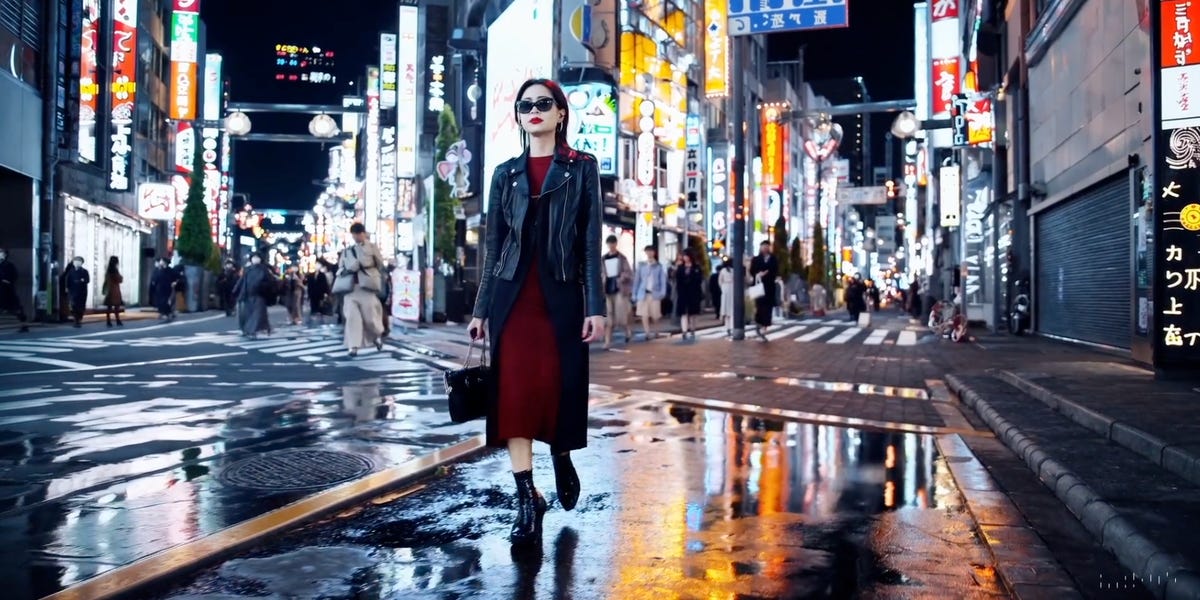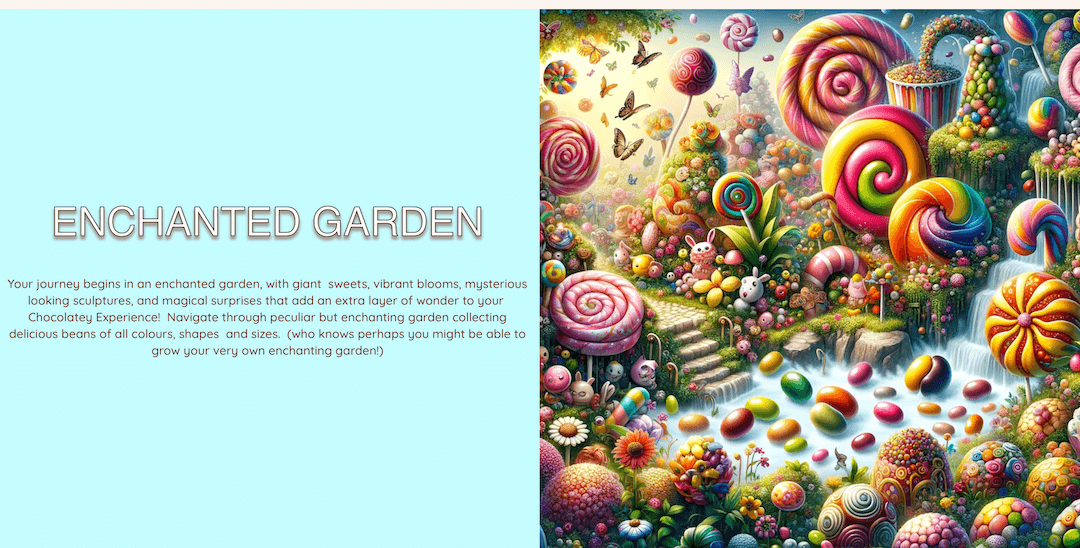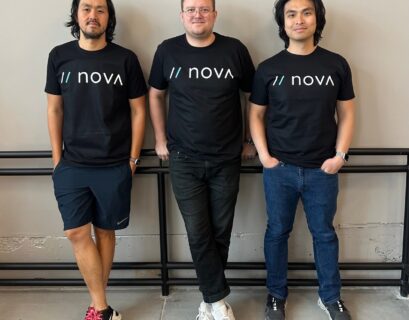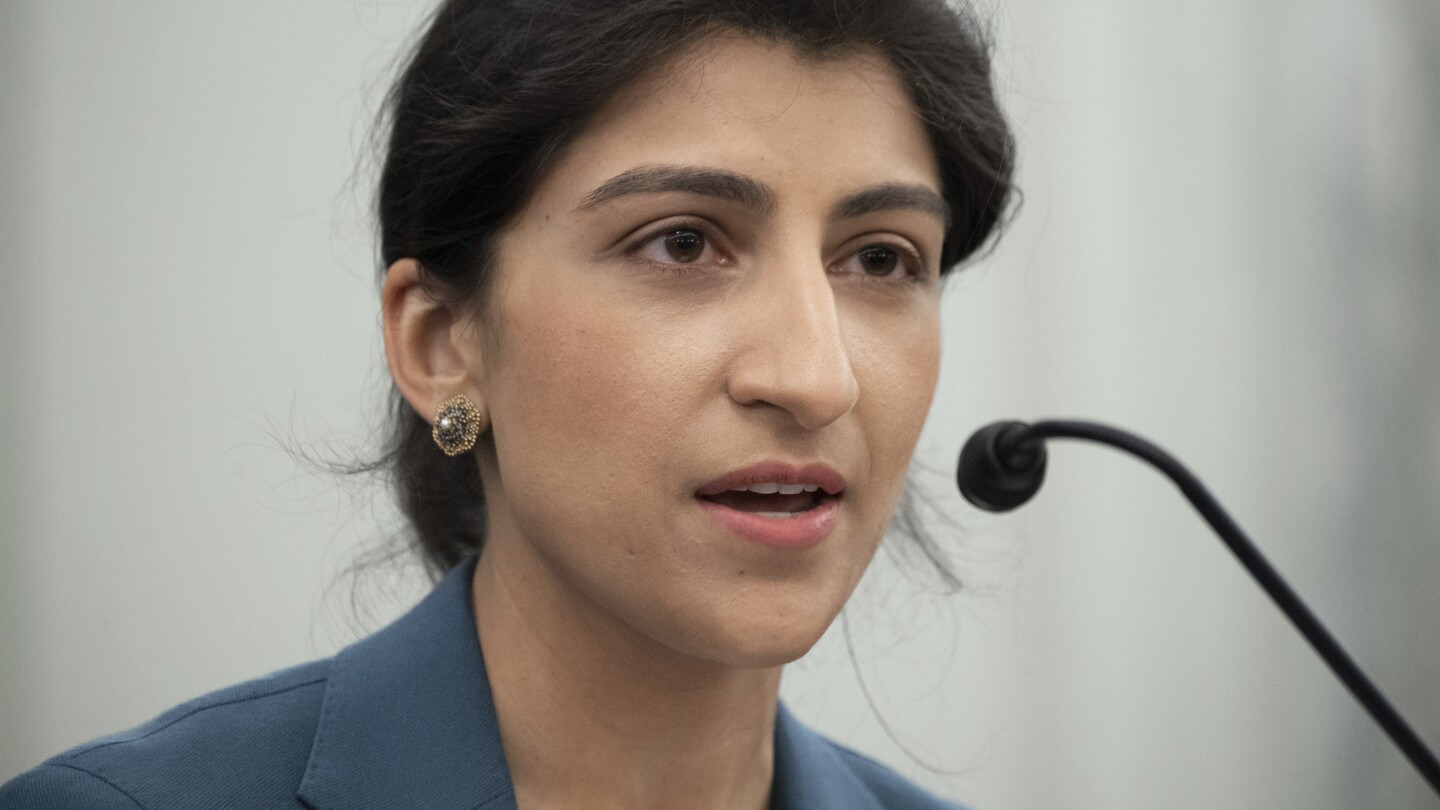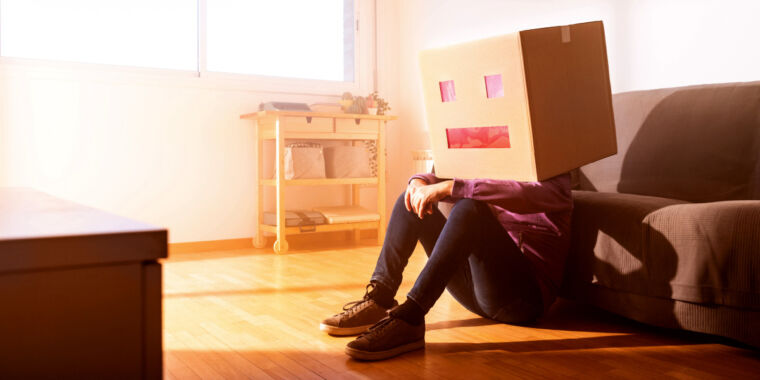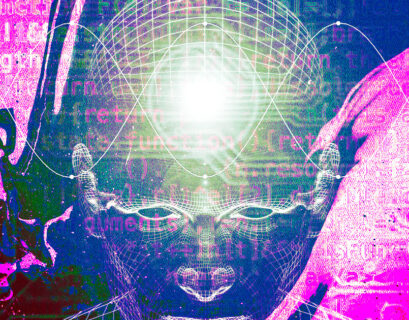Geoff Weiss
OpenAI has introduced a new tool called Sora, designed to produce AI-generated videos based on user input. Currently in beta testing, the tool is being evaluated by safety experts and a select group of content creators. The initial results, although carefully selected, exhibit an uncanny level of realism.
The latest advancement in AI technology is poised to revolutionize the authenticity of computer-generated imagery. Sora, unveiled by OpenAI, has the capability to craft remarkably lifelike videos guided by user prompts.
Sora’s creations can extend up to one minute in duration, showcasing intricate scenes featuring multiple characters, specific movements, and precise details, as highlighted by the company.
In a groundbreaking move, Sora not only utilizes text inputs but can also generate videos from static images, as well as enhance existing video content by seamlessly filling in missing frames, as disclosed by OpenAI.
The tool is currently being introduced to red teamers—experts specializing in combating misinformation, hate speech, and bias—who collaborate with OpenAI to enhance product safety. Additionally, a selected group of visual artists, designers, and filmmakers are being enlisted to provide valuable feedback during this phase, according to the company.
Noteworthy personalities like popular YouTuber MrBeast have playfully expressed concerns about the technology, questioning its potential impact on job security.
OpenAI has showcased several remarkable demonstrations of Sora’s capabilities, such as a video featuring a woman strolling amidst the neon-lit streets of Tokyo, woolly mammoths traversing snowy landscapes, an aerial perspective of a church along the Amalfi Coast, and an animated monster kneeling before a melting candle inquisitively.
Despite its impressive features, OpenAI has candidly acknowledged certain limitations of the nascent tool. These include challenges in accurately simulating the physics of complex scenes and difficulties in grasping cause-and-effect relationships, like depicting a cookie remaining intact after a bite.
The model also grapples with distinguishing left from right and struggles with narrating events that unfold over time, as highlighted by OpenAI.
Prior to a widespread release, OpenAI has emphasized its commitment to enhancing safety measures by developing mechanisms to identify videos generated by Sora and filtering out prompts that involve violence, explicit content, hateful imagery, celebrity likenesses, or third-party intellectual property.
“We will actively engage with policymakers, educators, and artists globally to address their concerns and explore the positive applications of this innovative technology,” stated the company.

